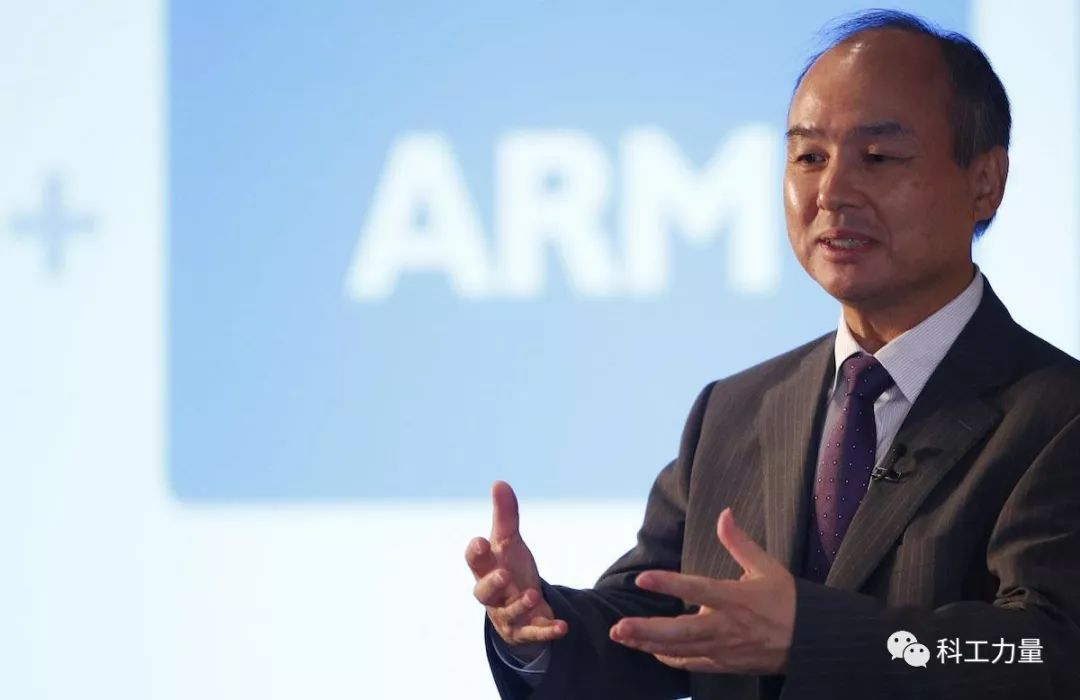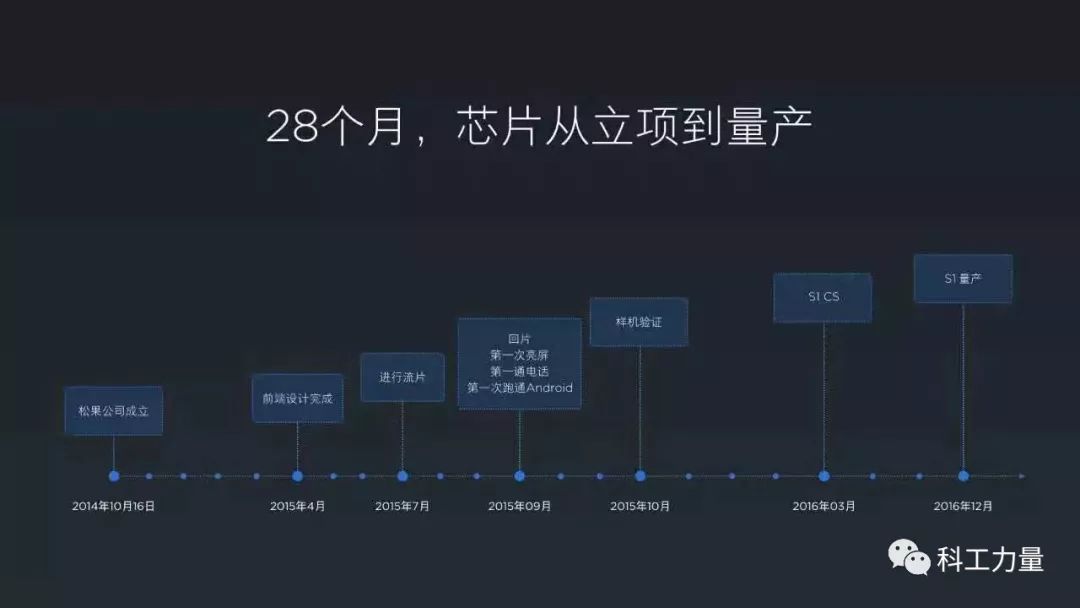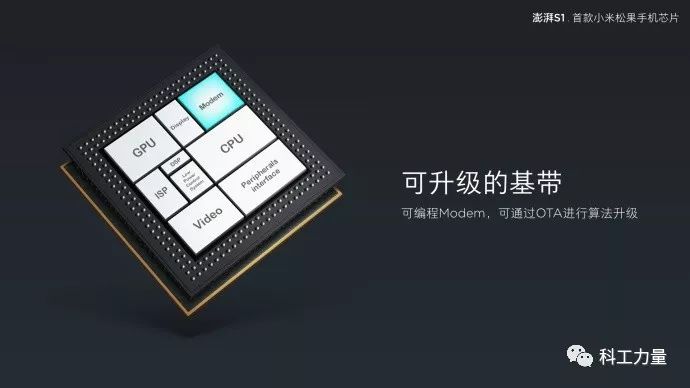For a long time, there has been a strong call to break the monopoly of Wintel and AA systems and establish a Chinese version of Wintel. It is also urged that successful domestic enterprises must bravely take on heavy responsibilities and fulfill social responsibilities.
However, many netizens are skeptical and cite examples of Apple, Qualcomm, and Samsung relying on ARM, believing that “Apple, Samsung, and Qualcomm all belong to the ARM camp, so why can’t Huawei?”
Let’s discuss the differences between these companies and why Huawei HiSilicon, ranked first among Chinese IC design companies, cannot simply follow the AA system and suffer the consequences.

The Differences Between Huawei, Samsung, Apple, and Qualcomm
Although Huawei, Samsung, Apple, and Qualcomm all belong to the ARM camp, the differences are obvious.
First, Apple does not rely on the AA system. It is well known that Apple has developed the IOS system based on FreeBSD and built its own closed ecosystem. This has allowed Apple to earn high profits, even leading to the controversial 30% commission on app rewards. On the other hand, Apple’s closed ecosystem has locked in a segment of users. Furthermore, although Apple’s processors initially used the ARM public core, they have since modified the A8, A9, and A15 cores, and now Apple’s processors are independently designed and have surpassed the performance of the ARM public core.
Second, Qualcomm has independently designed products for both CPU and GPU. Regarding CPU, Qualcomm designed the “Snapdragon” five years ago and later created Kyro (which is rumored to be a public version modification). Although they used A57 in 2015, this was mainly due to delays in the Kyro development, necessitating the use of A57 for a year. In terms of GPU, Qualcomm has developed multiple generations of products from the Adreno processor acquired from AMD, which involves buying the entire set of intellectual property and ownership, unlike Huawei’s acquisition of Mali licensing.
Next, let’s look at Samsung. Samsung and Huawei share many similarities, such as both being manufacturers. However, in terms of CPU technology, Samsung’s approach is more aggressive than Huawei’s, having modified the 2nd generation Cat based on the public version. Additionally, in terms of operating systems, Samsung clearly has more innovative ideas than Huawei, having launched the Tizen operating system years ago and used it in its low-end devices aimed at the market. Many of Samsung’s low-end models for third-world markets use a combination of Spreadtrum chips and the Tizen operating system.
Finally, regarding Huawei, it completely relies on purchasing ARM for both CPU and GPU, and also depends on Google for its operating system. From the K3 to the Kirin 980, Huawei’s CPU cores have all been purchased from ARM, introducing and phasing out generations over the past decade. Even the Kirin 980, which many fans boast about as being self-developed, is actually based on the ARM Cortex A76. Although some fans claim Huawei has made modifications, these changes are limited to increasing cache resources and a few other aspects, and the basic structure of the A76 cannot be altered.
Indeed, there are rumors online that Huawei is currently or will soon develop its own CPU, GPU, and OS, but please do not compare future products with those already on the market, especially when these future products exist only in the imaginations of Huawei fans. Huawei fans should not become overly zealous in promoting Huawei.
Purchasing IP and Integration Should Not Be Misrepresented as Mastering Core Technology
In summary, among the companies Huawei, Samsung, Apple, and Qualcomm, Huawei is completely dependent on Google and ARM for basic hardware and software, while Samsung, Apple, and Qualcomm have varying degrees of their own technologies.
In fact, as an established communication enterprise, Huawei has its strengths in IC design, particularly in baseband technology, where Huawei is clearly superior to Apple and Samsung. Only a few companies like Qualcomm, Ericsson, and ZTE have the capability to develop top-tier baseband technology.
Moreover, buying IP for integration can be achieved through a complete process and systematic tools, which does not place as high demands on personnel. Therefore, it is a quicker process. This is also why Xiaomi was able to transition from a novice to an industry player in just over 20 months.

So, since the technical threshold is not high, why are there so few companies capable of developing high-performance SoC?
This is actually due to commercial factors and the technical threshold of baseband technology.
First, regarding baseband, currently, the CPU, GPU, and DSP modules in SoC can all be purchased, but there are no suppliers for baseband modules. It is precisely because of the baseband that companies like TI and NVIDIA had to exit the mobile chip market. Even established manufacturers like Marvell had to seek help from ZTE. Xiaomi’s surge S1 faced issues due to problems with the communication module WCDMA (the earliest version did not even support WCDMA), which was not because it could not integrate in the SoC.

After eliminating a number of companies due to baseband issues, the commercial model becomes a significant problem.
Since the mobile chip market has become very mature, Qualcomm, MTK, and Spreadtrum occupy the high, mid, and low-end markets respectively, making it very difficult for new enterprises to enter.
At the same time, since the cost of chips is closely related to production capacity, unless a company can vertically integrate like Huawei to ensure production capacity through self-production and self-marketing, the cost of designing SoC is absolutely more expensive than purchasing, which again demotivates commercial companies.
Furthermore, although there are no technical barriers to designing top-tier mobile chips, the commercial risks are a significant issue.
For example, an automotive engineer stated:
Domestic car details can reach joint venture car levels; in fact, joint venture cars are also produced by our factory. However, when domestic cars improve in detail, their costs will be similar to joint venture cars, but the prices are also similar, so why would consumers still buy domestic cars? They all go for joint venture cars. So it’s not that we can’t do it; it’s purely the market environment forcing domestic cars to remain at their current level.
The mobile chip situation is similar: buying better CPU and GPU from ARM and investing heavily in TSMC’s top-notch processes means that as long as the technical level is acceptable, experienced design teams can produce top-tier mobile chips. However, the question is whether the market will accept it and whether there is a mature and stable business model.
Companies like Apple and Huawei that produce and sell their own products can afford to stack features or buy the best CPU and GPU from ARM and secure TSMC’s leading technology. In contrast, companies like Qualcomm, MTK, and Spreadtrum, which sell externally, must balance performance and cost. Qualcomm occupies the high-end market with high brand added value and can sell at higher prices, naturally allowing for better chip performance. Nevertheless, Apple’s A series processors have specifications such as cache that are several times better than Qualcomm’s, demonstrating the impact of different business models on chip design.
Therefore, to produce top-tier mobile chips, two conditions must be met: one is to develop top-tier baseband technology, and the other is to have sufficient funds and an effective business model.
As for why “Apple, Samsung, and Qualcomm all belong to the ARM camp, but why can’t Huawei?” This question is not difficult to understand: Apple, Samsung, and Qualcomm are politically aligned, and although there may be commercial conflicts, there will never be bizarre situations like “boycotts” or detaining corporate executives on unfounded charges, which is a very tricky issue that Huawei has to confront.